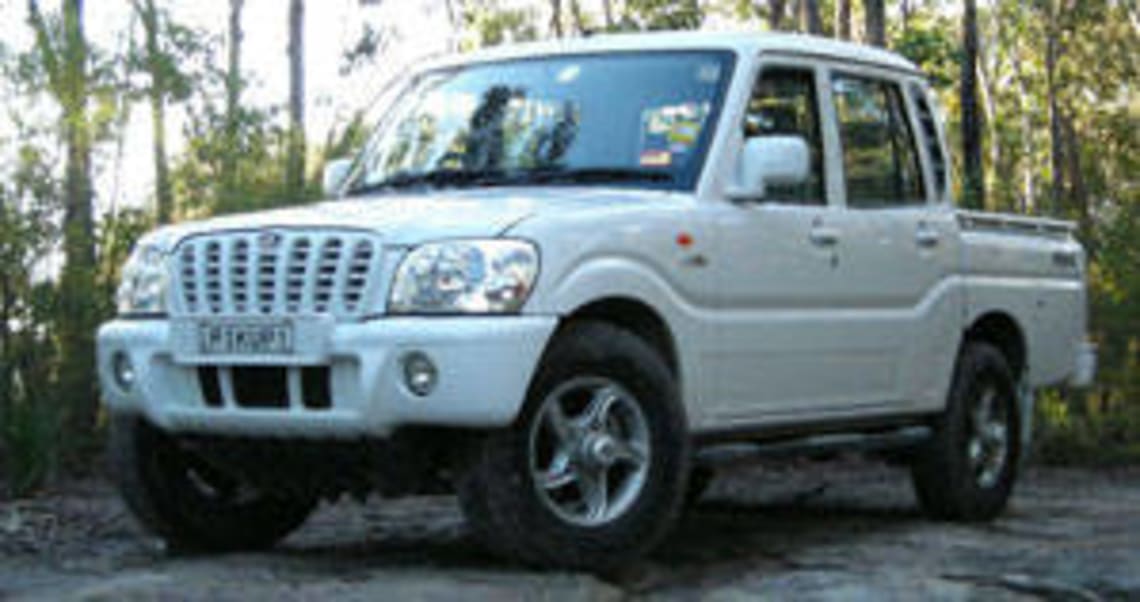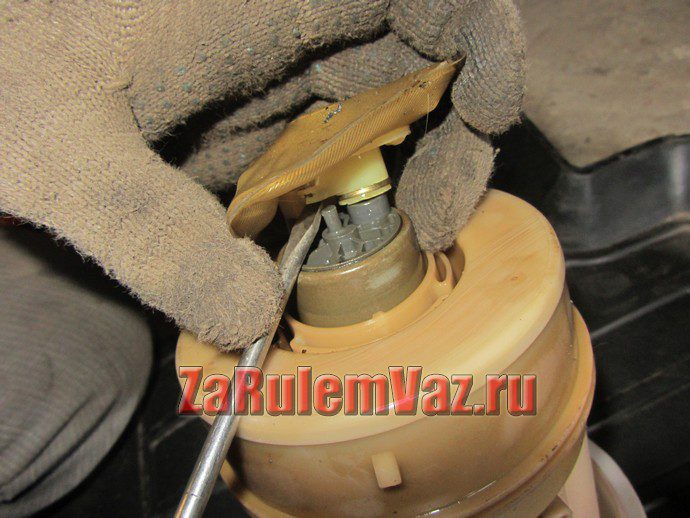
Mahindra Pik-Up 2007 Review: Road Test
It's the sort of gamble that a pure numbers person would immediately dismiss, but Michael Tynan is made of more adventurous stuff. "I'm glad our financial controller isn't here to hear this, but I believe we've invested about $5 million," Tynan, head of the family-run Tynan Motors and TMI Pacific, said this week at the India Manufacturing launch. Mahindra Pick-Up.
The bet is that TMI can convince enough buyers that the solid from the subcontinent fits well into the Australian landscape. The payout is a footprint in the highly competitive Australian new car market and a place in industry folklore.
There might even be a dollar or two in it.
“It's not spontaneous,” Tynan says. “It’s been talked about, tested, pushed and poked for a couple of years now.
“Rob [Low, CEO of the Tynan Group] was on a private trip to Kenya and I asked him to stop by Mahindra and take a look at the cars.
“He called and told me that I had better go there, since everything was pretty good and we might have an opportunity ... and everything went from there.”
The program culminated – and the first test of whether the gamble would pay off – was the launch this week of four Pik-Up derivatives, with single and double cabs in both 2x4 and 4x4. Cab and chassis models with any rear configuration option are expected to be available within a few months.
With a three-year, 100,000 km warranty and 12 months of roadside assistance – from $23,990 for a single cab 4x2 to $29,990 for a double cab 4x4 – the Pik-Up price is definitely eye-catching.
But don't call it cheap.
“We knew what we were getting…we didn’t want a nice car and we didn’t want it to be the cheapest,” says Tynan.
"It's the kind of place you don't want to go," but we wanted it to be the most profitable and the most reliable."
“For a while in Australia we had pickup trucks with farmers and other villagers.
“Basically, we just told them to take the cars and do what they usually do with them – basically go away and break them down – after 12,000 km they came back with a few dog and kangaroo tracks, but nothing else. Not a hint of a problem and nothing fell off.
It is this durability, the apparent acceptance of utes by those who use them the most, and the competitive price that TMI hopes can surpass Mahindra's disastrous previous visit to the Australian market. Of this foray, Mahindra Automotive Sector President Dr. Pavan Goenka admits: “It was a mistake.
“The timing was wrong and we weren't well informed about the market.
“This time is completely different. We have done our homework and, together with our TMI partners, have carefully considered the market we are entering. We are well aware that when selling our products outside of India, people may have an opinion about the quality.
“With this in mind, we – and most other Indian companies – have focused on the quality of our product, both in design and manufacturing.”
Dr. Goenka says that while the Pik-Up is rated for one ton for Australia, the car is actually rated for an Indian ton. “They are loaded until the suspension almost touches the ground, at least two tons,” he says. The Pik-Up shares many components with India's most popular SUV, the Scorpio. The commonality ends on the B-pillar only, with some changes to the underbody to accommodate a cargo tray and use a leaf-sprung rear suspension.
The powerplant is a 2.5-liter CommonRail turbodiesel with a modest [email protected] and narrow range of maximum torque of 247 Nm between 1800-2200 rpm.
Domestically, the engine is a 2.6-litre unit, but the stroke has been shortened to keep it below 2.5 liters for export markets, especially Europe.
Drive is via a clunky five-speed manual transmission - a DSI-designed six-speed automatic will be available early next year.
Standard across the range are power steering, limited slip differentials, steel side steps, fog lights and, on 4x4 variants, auto-locking hubs and 4x4 electric shift activation for the Borg-Warner two-speed transfer case.
It has a gear ratio of 1:1 at high revs and 1:2.48 at low revs with enough ground clearance to make it a useful SUV.
The electric shift feature shifts on the fly from 2WD to 4WD, but requires a stop to shift to low range and back, and then back to 2WD, including having to reverse a meter or two to disengage the hubs. Mahindra Pik-Up is not going to win beauty pageants. Its appearance can best be described as functional industrial, albeit a little dated.
The tall boxy cab design means plenty of headroom front and rear, but the cab is narrow with minimal shoulder room. Interior trim is inoffensive fabric, mid-range plastics and a carbon fiber print on the center console.
Standard features include air conditioning, power windows, remote central locking, Kenwood AM/FM/CD/MP3 audio system with USB and SD card ports, alarm, immobilizer, tilt steering wheel, driver's footrest, front/ rear seats. window defogger and front/rear 12-volt sockets.
What's missing, at least until September, are airbags and an ABS system for disc/drum brakes. However, the seats are hard and too flat, but not uncomfortable.
Noise, vibration and harshness levels are surprisingly good, and the build quality from at least two cars we've driven deserves a comment. Broken fire trails, steep inclines and rutted sections of rock didn't make a single rumble or creak from an unloaded truck.
The engine runs better than the raw numbers would suggest. The tight torque spread requires some concentration if you don't want to shift between up and down gears, but it handled tricky sections without too much fuss.
Throttle actuation isn't precise, but it's an advantage at low revs in rough terrain. TMI hopes to sell 600 pickups this year in 15 New South Wales retail outlets before selling them across the country.

